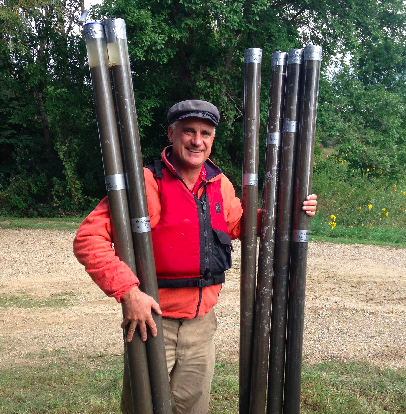Urban drainage, eroding bluffs and muddy water in the Minnesota River watershed—listen up:
The river banks in the Minnesota River watershed are made up of sediment that gradually washes away. Erosion is a natural process, but in excess, sediment can block light to plants and smother aquatic life.
Now, it’s happening at a surprising pace—with perhaps an equally surprising cause.
Shawn Schottler, a senior scientist with the Science Museum of Minnesota, says the pace of erosion in the watershed is picking up, with rivers widening five times faster than a century ago.
He blames modern drainage systems, which remove water from streets, parking lots and fields as quickly as possible and send it rushing into streams and rivers.
“This artificial drainage is directly contributing to widening of the rivers,” he explains.
What to do about manic erosion? Slowing the flow from drains is a critical way to help protect the watershed.
Get schooled:
- Read peer-reviewed scientific research that shows how 20th century agricultural drainage is creating more erosive rivers
- Learn more about sediment from the Minnesota River Basin Data Center
- Watch this video by the MN River Basin Data Center:
The fine print:
- This segment was produced in partnership with Cornell’s Atkinson Center for a Sustainable Future.





